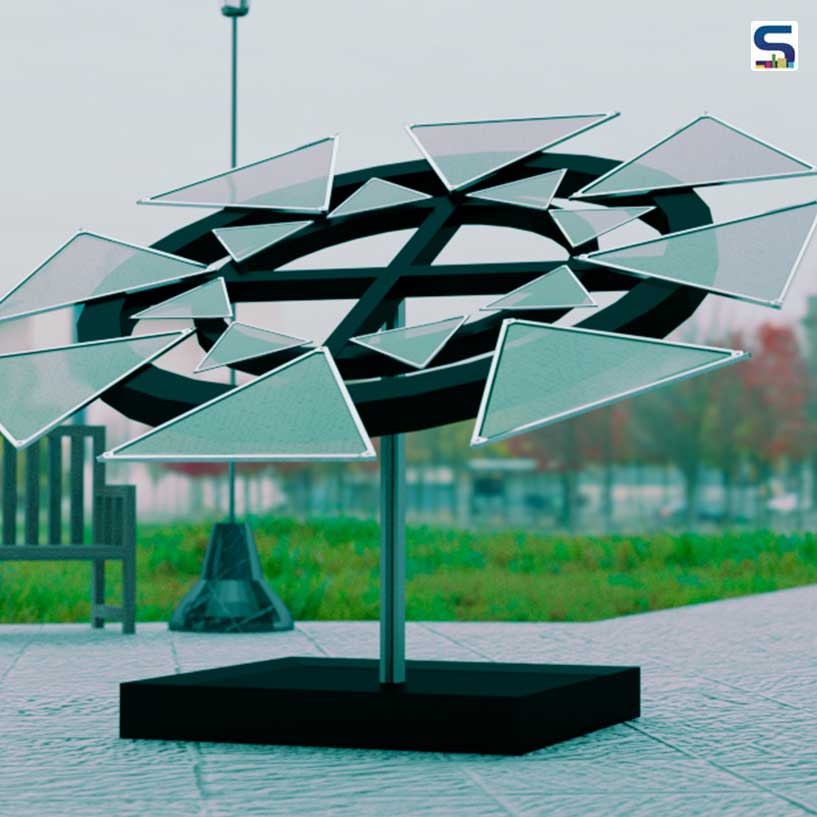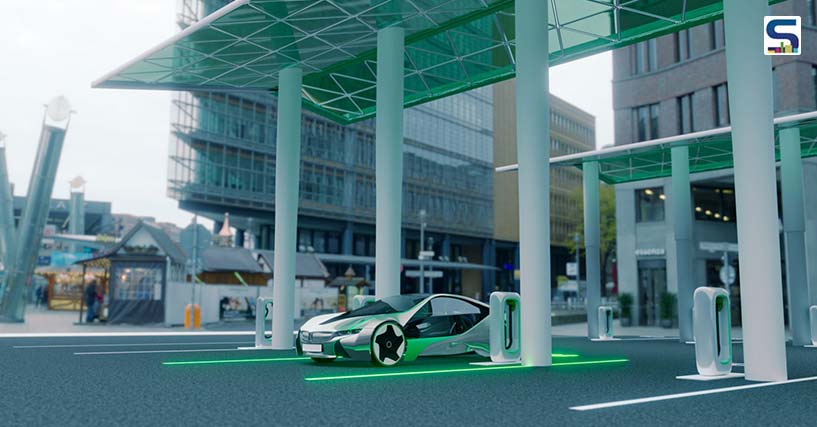
Mexican startup Greenfluidics has taken a step forward toward sustainability by creating a solar biopanel that will help to slow climate change and generate clean energy and air. Founded in 2018, Toluca as a school project, its founders Adan Ramirez, Juan Arriaga and Miguel Mayorga enhanced their work with the help of nanotech-enhanced microalgae bioreactor building panels. Here is a detailed report on SURFACES REPORTER (SR).
What are biopanels?
Greenfluidics’ biopanels have the ability to absorb carbon dioxide and pump biomass which can be used as fuel or fertilizer. The biopanels collect CO2 and pass it through water which is impregnated with selected strains of algae. These algae absorb CO2 and sunlight, thereby producing oxygen. More the sunlight, the faster the growth of algae that absorbs CO2. The biopanels also trap heat in the water, thereby serving BIQ for two purposes – to give the building colour and reduce the energy consumption of air conditioning, and to use the heat that can be stored and can be used as biomass. The biomass can be periodically filtered and collected and reprocessed into flammable biofuel. This biofuel can be then returned to the building. Reportedly, the biopanels are able to cover nearly one-third of its energy needs. For this, the system uses recyclable carbon nano-particles that are added to water to increase its thermal conductivity.

Properties of biopanels
Biopanels can be used to produce electricity, and generate pure oxygen and biomass which can be converted into biofuel. Greenfluidics claims that its biopanels can generate 328 KWh/m2 per year, comparable to solar panels. On account of the thermal effect that it can provide to buildings, nearly 90 KWh / m2 per year can be saved. Additionally, for 1 kg of algae inside the biopanels, 2 kg of CO2 is expected to be captured.
Image credits: Greenfluidics